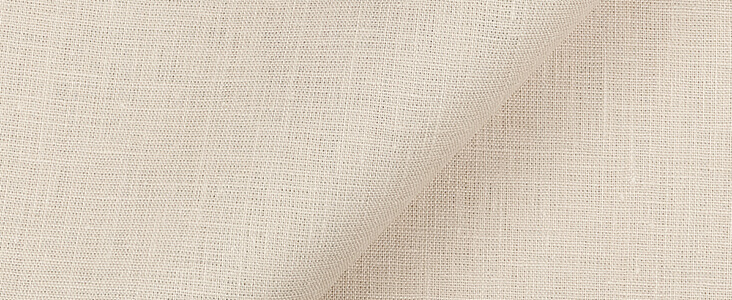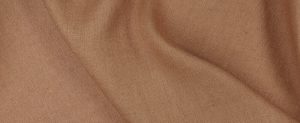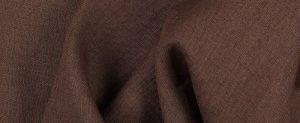FS Colour Series: Parchment Inspired by Willem de Kooning’s Creamy White
The great Dutch-American Abstract Expressionist Willem de Kooning made paintings as acts of performance, smearing, slapping and swiping great slabs and wedges of paint onto his thickly impastoed surfaces, before scraping them back and starting again. Indulgent, creamy streaks of off-white like that of Parchment Linen were a defining feature, suggesting the flickering movement of pale flesh, sunlit windows or sheer, suspended curtains hanging between one world and another. He made these pale shades by mixing bright pigments with huge mounds of white oil paint, furiously mixing and mixing them into a thick goo on his palette until the ideal colour eventually emerged.
De Kooning was born in 1904 in Rotterdam, the Netherlands, and remained there until his early adulthood. In 1926, when he was 22 years old, De Kooning stowed away on a ship bound for the United States with the help of his friend Leo Cohan, never to return home. A year later De Kooning had settled in New York City, finding itinerant work as a house painter and commercial artist. Friendships with modernist artists including Stuart Davis and Arshile Gorky gradually pushed De Kooning towards a painting practice, which was initially figurative. In 1936, while the Great Depression threatened to cripple America, De Kooning became a mural painter for the renowned Works Project Administration (WPA) alongside various artists who would become household names, including Jackson Pollock, Lee Krasner and Mark Rothko. The environment of solidarity, rivalry and ambition that the programme fostered was enough to persuade De Kooning he could become a painter full-time.
Throughout the 1940s and early 1950s, De Kooning embraced an increasingly abstract, improvisatory language filled with outrageously bold swipes of expressive paint that seem caught mid-action in space. In the explosive Woman, Wind and Window, 1950, a muted colour scheme is blasted wide open with dazzlingly fresh shades of off-white that seem to stream in through a background window and catch the surface of a ghostly figure in the centre, outlined with angry black lines.
Sometime around the mid-1950s De Kooning began re-introducing elements of the human figure back into his art, but he retained the same free, spontaneous energy of his earlier abstractions. The angular, grinning and sometimes grotesque women he painted during this time earned De Kooning a notorious reputation as a misogynist and womaniser amongst his peers. But a decade later De Kooning had moved from New York City to Springs, East Hampton, where his new lofty, light-filled studio inspired him to paint with paler colours and softer, creamier passages of paint. Women Singing II, 1966, typifies the art he made in response to the watery landscape of Springs, with pale, lucid colours and languid, fluid passages of paint that drift across his canvases with a light, sensitive touch. Two tall, slender women stretch vertically across the picture plane, painted in appetising shades of powder pink and cream, while lurid shades of acrid yellow and pale brown cut through their sugary sweetness.
In early 1970 De Kooning visited Japan, and his art became more Oriental in style, incorporating cleaner, flatter areas of colour and flowing calligraphic lines, as seen in the semi-figurative Two Figures in Devon, 1971. Here tart shades of red, yellow and blue swim in and out of one another as if caught in a permanent state of flux, offset by voluptuous areas of cream paint just tinged with tangs of yellow. The 1980s marked another stylistic shift for De Kooning as his art became increasingly tranquil and meditative, with loose ribbons of diluted paint in aqua tones that seem to weave effortlessly in and out of one another. In Untitled I, 1980, the fluid blue paint is as airy and light as water, rippling in and out of the yellow-tinged sunlight. Reflecting on the nature of this late career art that took him 7 decades to arrive at, De Kooning simply surmised, “I bend the paint.”








































Leave a comment